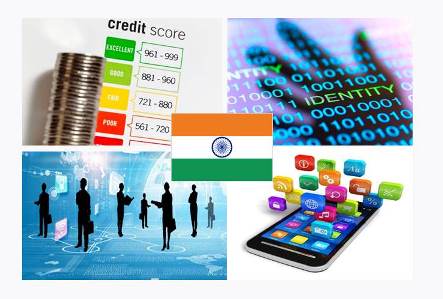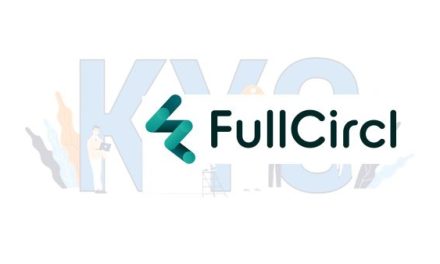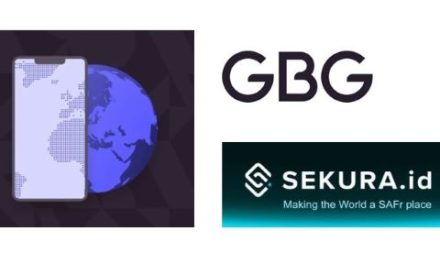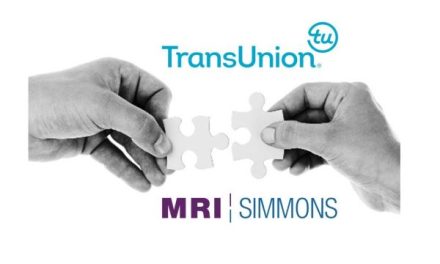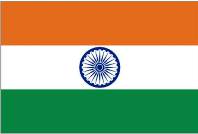 India’s 1.1bn people now have an identity! Financial inclusion: 270 million bank accounts opened within the last three years. Unified Payment Interface (UPI) allows digital payments based on the Aadhar number with biometric authentication. Welcome to India Stack
India’s 1.1bn people now have an identity! Financial inclusion: 270 million bank accounts opened within the last three years. Unified Payment Interface (UPI) allows digital payments based on the Aadhar number with biometric authentication. Welcome to India Stack
India may have leapfrogged the US technology industry with simple and practical innovations and massive grunt work. It has built a digital infrastructure that will soon process billions more transactions than bitcoin ever has. With this, India will skip two generations of financial technologies and build something as monumental as China’s Great Wall and America’s interstate highways.
A decade ago, India had a massive problem: nearly half its people did not have any form of identification. When you are born in a village without hospitals or government services, you don’t get a birth certificate. If you can’t prove who you are, you can’t open a bank account or get a loan or insurance; you are doomed to be part of the informal economy—whose members live in the shadows and don’t pay taxes.
In 2009, the government launched a massive project, called Aadhar, to solve this problem by providing a digital identity to everyone based on an individual’s fingerprints and retina scans. As of 2016, the program had issued 12-digit identification numbers to 1.1 billion people. This was the largest and most successful IT project in the world and created the foundation for a digital economy.
India’s next challenge was to provide everyone with a bank account. Its government sanctioned the opening of 11 institutions called payment banks, which can hold money but don’t do lending. To motivate people to open accounts, it offered free life insurance with them and made them a channel for social-welfare benefits. Within three years, more than 270 million bank accounts were opened, with $10 billion in deposits.
And then India launched its Unified Payment Interface (UPI), a way for banks to transfer money directly to one another based on a single identifier, such as the Aadhar number.
 India has just introduced another innovation called India Stack. This is a series of secured and connected systems that allow people to store and share personal data such as addresses, bank statements, medical records, employment records and tax filings, and it enables the digital signing of documents. The user controls what information is shared and with whom, and electronic signature occurs through biometric authentication.
India has just introduced another innovation called India Stack. This is a series of secured and connected systems that allow people to store and share personal data such as addresses, bank statements, medical records, employment records and tax filings, and it enables the digital signing of documents. The user controls what information is shared and with whom, and electronic signature occurs through biometric authentication.
Take the example of opening a mobile-phone account. It is cumbersome everywhere because the telecom carriers need to verify the user’s identity and credit history. In India, it often took days to produce all the documents that the government required.
With the new “know-your-customer” procedures that are part of India Stack, all that is needed is a thumbprint or retina scan, and an account can be opened within minutes. The same can be done for medical records. Imagine being able to share these with doctors and clinics as and when necessary. This is surely possible for us in the United States, but we aren’t doing it because no trusted central authority has stepped up to the task.
India Stack will also transform how lending is done. The typical villager currently has no chance of getting a small-business loan because he or she lacks a credit history and verifiable credentials. Now people can share information from their digital lockers, such as bank statements, utility bill payments and life insurance policies, and loans can be approved almost instantaneously on the basis of verified data. This is a more open system than the credit scoring services that US businesses use.
Source : Singularity Hub
